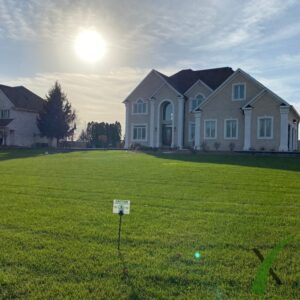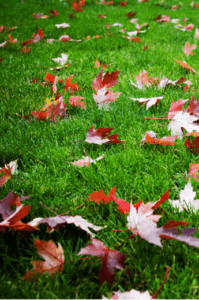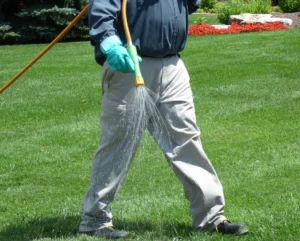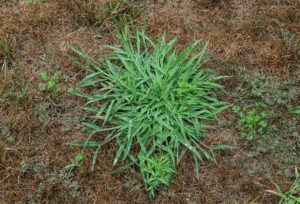The Best Summer Lawn Care Tips
Are you wondering what is the best tips and tricks to keep your lawn perfect for summer? Here at ExperiGreen, we are always researching the best strategies so you can have your perfect lawn.
Below, we have provided our Infographic Summer Lawn Care Tips, that focus on the following:
- Watering
- Mowing
- Fertilizing
- Clipping
- Grub Control
That way you can have the best lawn in the neighborhood.
6 Summer Lawn Care Tips to Maintain a Healthy Lawn
It’s vital to make sure your lawn is getting what it needs when summer heat increases and rainfall decreases. Follow these 6 tips to keep your lawn healthy and looking its best during the summer months:
1. Keep Your Lawn Hydrated
Yes, water can be expensive, but so is replacing a lawn! When you stop to think about it, lawns don’t require all that much water; 1-1.5 inches per week in lieu of rainfall and your lawn will do well.
2. Don’t Cut Your Grass Short
Cutting your grass too short can cause it more stress. Make sure to mow tall (don’t remove more than 1/3 of the grass blade) with a sharp blade. This also helps control broadleaf weeds!
3. Keep Feeding Your Lawn
Fertilizing your lawn is absolutely necessary if you find that it is struggling to grow. Continuing this process through summer will keep the growth of your grass from suffering.
4. Leave the Clippings
After mowing, clippings will still contain valuable nutrients which will decompose, adding nitrogen to the soil and keeping your lawn lush and green.
5. Check for Bugs and Grubs
While brown lawns can indicate dryness and water does not remedy the situation, check your lawn for surface feeding insects or grubs. If insects are found early, insect or grub control will quickly stop the activity.
6. Hire the Experts
For the best result, click here to contact our lawn care experts. We will make sure our products and services combined with your partnership ensures your lawn is healthy all season long!

Join Our Free Lawn Care Newsletter
Stay Up to Date With The Latest News & Updates
* We don’t share your info with anyone ever.








